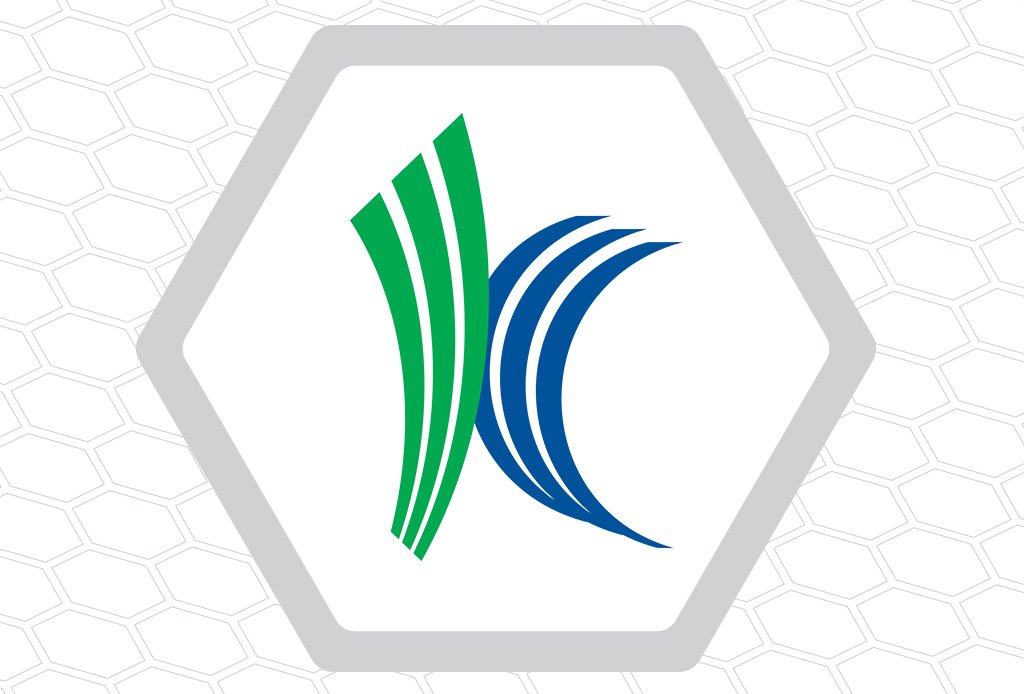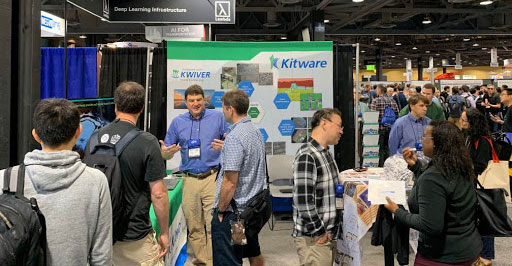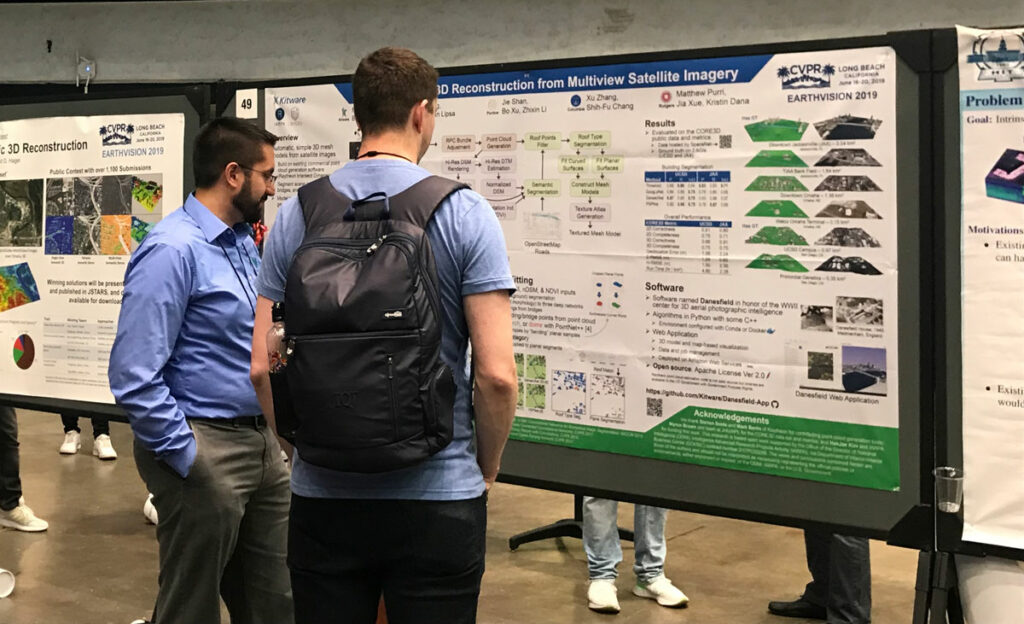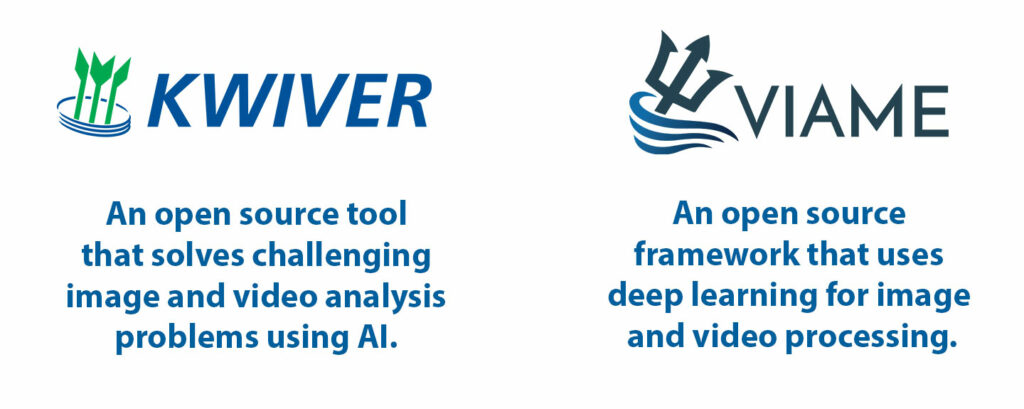Kitware at CVPR 2020: Papers, Service Roles and Sponsorship

The IEEE/CVF Conference on Computer Vision and Pattern Recognition (CVPR) is the world’s premier annual computer vision event. At CVPR, you will find the largest gathering of computer vision, machine learning, and artificial intelligence professionals, including Kitware! Though CVPR is going virtual this year due to COVID-19, Kitware will continue its active participation and support of the computer vision community.

Kitware will maintain its high level of participation at CVPR 2020 as gold level sponsors. Anthony Hoogs, senior director of Kitware’s Computer Vision Team, has reprised his service role as an area chair, in which he shepherded more than 30 submissions through the review and selection process. We were excited to have members of Kitware’s Computer Vision and Data and Analytics Teams develop the visualizations on CVPR’s website, which can be viewed here. Many Kitwareans are participating as reviewers, workshop organizers, speakers, and more. Kitware remains focused on advancing research in computer vision, machine learning, and artificial intelligence. Our open source business model allows us to evolve and adapt these areas sustainably and affordably using open Intellectual Property (IP) terms.
CVPR 2020 Event Details
Two of Kitware’s assistant directors of computer vision, Arslan Basharat and Scott McCloskey, are organizers of the Workshop on Media Forensics. Taking place on June 15, this full-day workshop will highlight algorithms and datasets to address the increasing prevalence of misinformation due to fabricated media. Having expertise in media forensics, Kitware understands the importance of advancing this technical field. We have been continually developing and evolving our algorithms and techniques to detect image and video editing automatically. More information about the Workshop on Media Forensics.

With the acceptance rate for the CVPR 2020 main conference being less than 30%, Kitware is proud to have one of their papers selected. Authored by Ashraful Islam, Chengjiang Long, Arslan Basharat, assistant director of computer vision at Kitware, and Anthony Hoogs, senior director of computer vision at Kitware, the paper is titled “DOA-GAN: Dual-Order Attentive Generative Adversarial Network for Image Copy-move Forgery Detection and Localization.” This paper addresses the challenges of detecting well-crafted forgery in images. While manipulated images are increasingly being used for nefarious purposes, fabrications are becoming more difficult for humans and machines to detect. This paper explores the benefits of using a Generative Adversarial Network with a dual-order attention model to detect and localize copy-move forgery. The paper will be presented with a live Q&A session on Tuesday, June 16, 2020, from 4-6 PM and Wednesday, June 17, 2020 4-6 AM PT. Read “DOA-GAN: Dual-Order Attentive Generative Adversarial Network for Image Copy-move Forgery Detection and Localization.”
In addition to our gold level sponsorship, Kitware is also sponsoring the full-day EarthVision: Large Scale Computer Vision for Remote Sensing Imagery Workshop held on June 14. Computer vision, machine learning, and signal/image processing are all critical components to Earth observation and remote sensing. Together, they provide large-scale, homogeneous information about processes occurring at the Earth’s surface that can have a big impact on human society, economy, industry, and the planet. This workshop aligns with Kitware’s belief that fostering collaboration between the computer vision and Earth observation communities will advance the automated interpretation of remotely sensed data. More information about the EarthVision: Large Scale Computer Vision for Remote Sensing Imagery workshop.

Though CVPR will be virtual this year, we expect we will be able to demonstrate Kitware’s computer vision expertise with attendees. We plan to highlight our Kitware Image and Video Exploitation and Retrieval (KWIVER) open source toolkit. KWIVER contains advanced computer vision tools to perform object detection and tracking; activity, event, and threat detection; scene understanding; and social multimedia analysis. We also plan to feature Video and Image Analytics for a Marine Environment (VIAME), an open source toolkit developed in partnership with the NOAA National Marine Fisheries Service. This software analyzes video from underwater cameras, drones, and satellites using AI to identify and count marine life automatically. We have been working to extend VIAME to meet other capabilities and needs.
About Kitware’s Computer Vision Team
Since 2014, Kitware has been a leader in computer vision deep learning. Deep learning plays an essential role in everything we do, and it has allowed us to dramatically improve object detection and tracking, object recognition, scene understanding, and content-based retrieval. Kitware’s Computer Vision Team recognizes the value of leveraging our advanced computer vision and deep learning capabilities to support academia, industry, and the DoD and intelligence communities.
Our technical areas of focus include deep learning, 3D vision and super-resolution, object detection and tracking, complex activity, event, and threat detection, image and video scene understanding, image and video forensics, and interactive artificial intelligence and IQR. We also continuously explore and participate in other research and development areas for our customers as needed.
We partner with many academic institutions, such as Harvard, Massachusetts Institute of Technology, Cornell University, and the University of California. We also work with various government agencies, such as the Defense Advanced Research Project Agency (DARPA), Air Force Research Laboratory (AFRL), the Office of Naval Research (ONR), Intelligence Advanced Research Projects Activity (IARPA), and the U.S. Air Force.
Our Computer Vision Expertise
Kitware has developed and deployed an operational Wide Area Motion Imagery (WAMI) tracking system for intelligence, surveillance, and reconnaissance in theatre, providing analysts with exploitation capabilities that connect people with sensors and platforms. Our work with DARPA has led to extensive research, development, and deployment of methods to more accurately identify and track objects and people, with the capability of delivering this information directly to the soldiers on the ground. Our work on the Visual Global Intelligence and Analytics Toolkit (VIGILANT), funded by AFRL via the Small Business Innovation Research program, is a collaborative effort to develop object detection in satellite imagery. Together with the Rochester Institute of Technology’s Digital Imaging and Remote Sensing and Real Time Vision and Image Processing Labs and the Middlebury Institute of International Studies at Monterey, James Martin Center for Nonproliferation Studies, we have been working to improve object-based change detection and unstructured change detection.
To learn more about Kitware’s computer vision work, you can email us at computervision@kitware.com. We look forward to engaging with this community and sharing information about Kitware’s ongoing research and capability development in computer vision and deep learning.
Kitware is also hiring!
If you are looking for a career opportunity and are interested in joining the Kitware team, please visit our careers page to view our current openings and apply today!